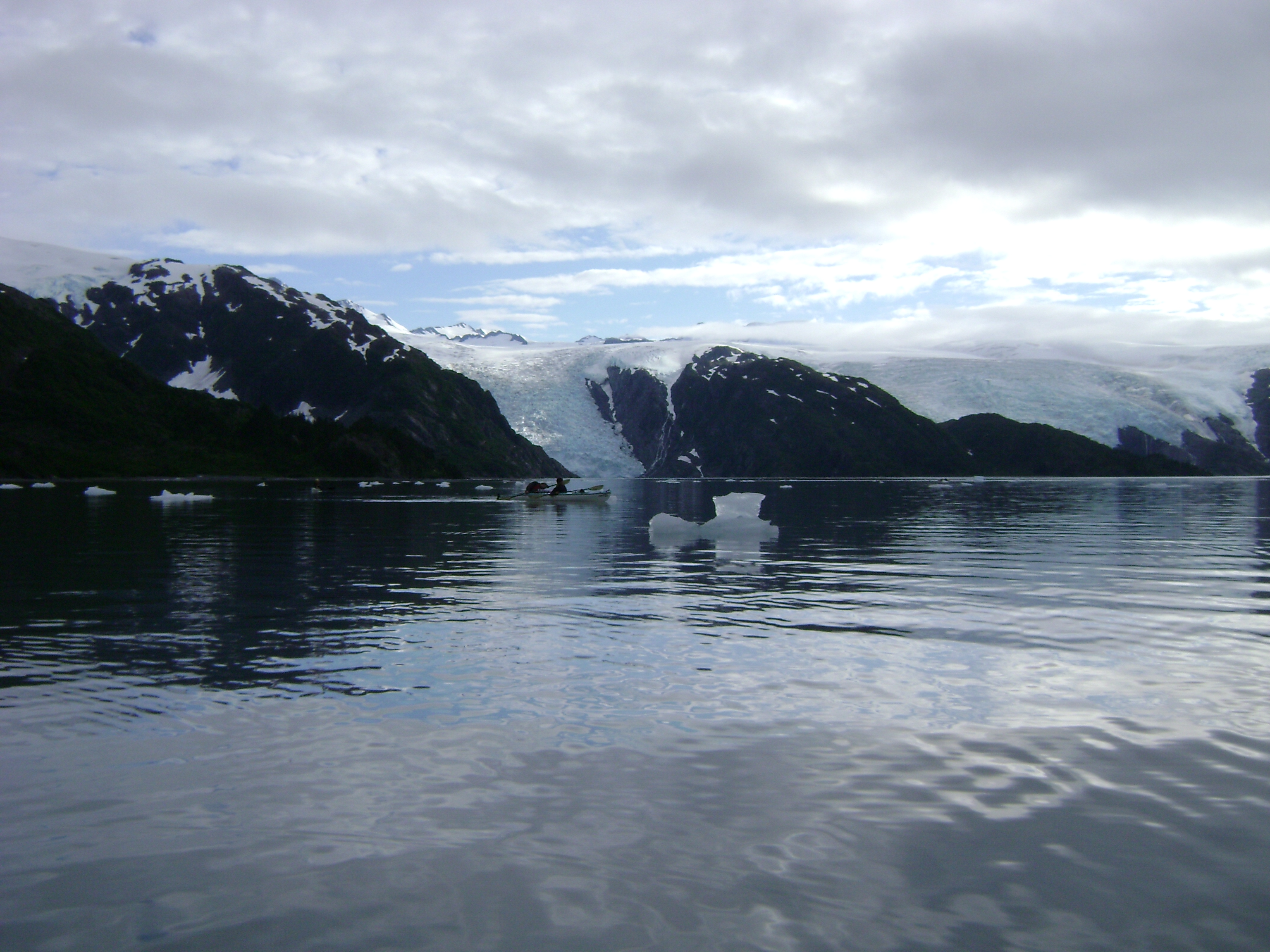The following article is from The Mountain Training School (email: info@MountainTrainingSchool.com). While the focus is on the safety and life and death issues faced while climbing and guiding in the mountains, I am finding the concepts and lessons to be applicable each day and in my business.
In the good faith department, I have known Ben, the founder and director of The Mountain Training School, for a few years and was a client of his on a trip in Alaska. I asked him if I could repost this article, and am receiving nothing in return except to be in his good graces.
A quick story I thought you might find interesting and/or helpful:
One of the most important things we try to teach our Mountain Guide School groups early on is the difference between climbing hard and being a good instructor/guide. There’s lots of good climbers out there, but very few really good guides and instructors; they’re different skill sets and both need to be practiced and honed.
Anyhow, about 2 weeks in to a course, I taught a class about asking the right questions in order to figure out what your student really means. For example, if a student says, “I can’t cook,” it’s the responsibility of the instructor to find out why. Is s/he struggling with the stove itself (i.e. how to light it, how to put it together, etc), or do they not know how to prepare some of the food? Maybe s/he has cooked in the past but is scared of making a bad meal and looking bad in front of his/her peers. As such, a good instructor would ask more questions to hone in on the specific problem that is preventing the student from making a delicious meal, and then help the student overcome his/her challenge(s).
At the end of the lesson, I received some pretty negative feedback from the students. One student remarked that these types of questions were obvious, and we didn’t need to waste a half an hour role-playing these types of scenarios. A second one commented that it was stupid to try and guess what a client’s problem was (which, I countered, what the whole point of the lesson: avoid guessing what the problem is, and instead ask the right questions to find out what the problem really is). The student retorted that getting to the heart of a problem is easy, just a matter of a quick conversation, and we should spend our time practicing more “worthwhile skills.”
A week later, we were climbing a small peak. Two students were in the role of “leader of the day,” while I traveled as a silent instructor (speaking up if I had any risk management concerns, but otherwise quiet). Half-way up the ridge, one of the students said, “I don’t like this. We shouldn’t be here. Let’s go down.” The group, having agreed earlier in the trip that we would respect each other’s ability to opt out of an activity and not wanting to push someone too far outside of their comfort zone, quietly acquiesced and descended the ridge.
After dinner that night, we got together and discussed the decision to descend. One student began by saying how disappointed he was that we turned around; the group had been moving quickly, he was feeling good, and didn’t see any reason to go down. A second and third quickly agreed, saying that they were disappointed to have gone down when they didn’t see any reason to go down: no objective hazards, everyone was moving quickly, the terrain wasn’t particularly technical, and said that there wasn’t anything to be scared of. After all, we had a guide to help out if the terrain got bad and the group needed some help.
Finally, the student who had said that we should go down spoke up: “I think you all have it wrong. I wasn’t scared of the terrain, and I wasn’t tired. I saw clouds building up in the west, and I didn’t want to get caught in a thunderstorm.”
As it turns out, the student was from Colorado, where thunderstorms are common and can build very quickly. He had been caught up high on a ridge before during a storm, and didn’t want to repeat the experience.
However, thunderstorms are very rare in Patagonia, and the clouds we had seen building in the west wouldn’t produce a storm for another 48 hours. But no one had asked the scared student why he wanted to descend; no one had asked the questions necessary to clarify the problem. If they had, we would been able to assuage the student’s concerns and have bagged our peak with about 2 days to spare…
Lesson learned. Again.
Kind regards,
Benjamin Gorelick
Expedition Director
The Mountain Training School
info@MountainTrainingSchool.com



